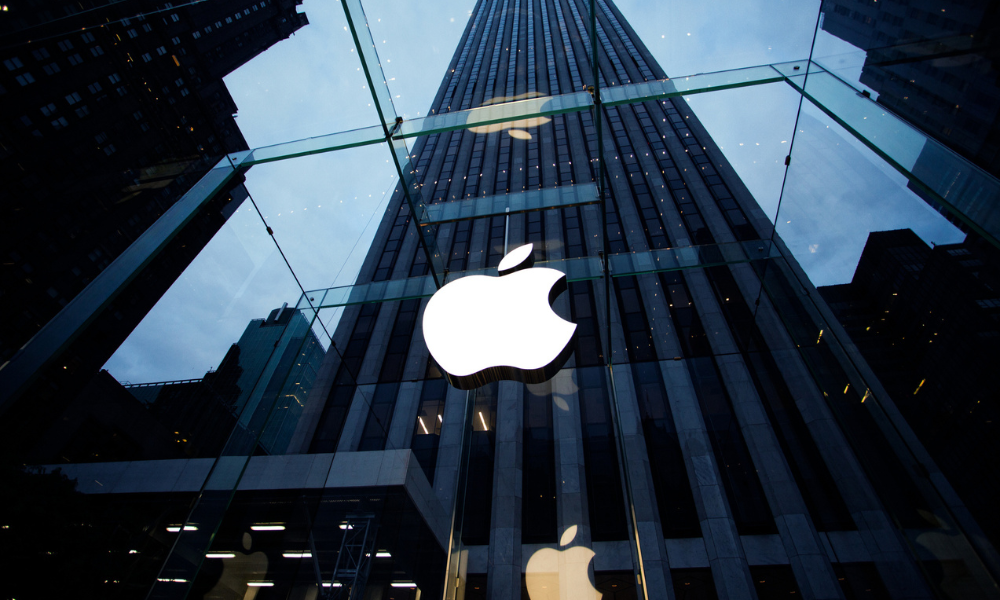

Apple made history as the world’s first $3 trillion company but how have the big cap firms changed over the past 40+ years?
A new report from City Index looks back at the top 10 firms by market cap in 2000 and 1980 to highlight how the stock market has changed over the past half century.
Just one of the firms that were in the elite list in 2000 (including some that were also there 20 years’ earlier) are still among the biggest in 2023 – and it’s not Apple.
Technology has played a major role in the markets for decades, but its dominance today is obvious with the industry taking seven of the top 10 spots by market cap:
Apple was founded in 1976 and went public in 1980, replacing ExxonMobil as the world’s most valuable company for the first time in 2011 with a value of $350 billion.
The only firm to appear in both the 2000 and 2023 top 10s is Microsoft, the second-biggest company in 2023 with a market cap of $2.51 trillion and was also the world’s most valuable company in 2000 at $586 billion. Adjusted for inflation, the firm has tripled its market cap over the past 23 years.
The top 10 by market cap in 2000 were:
Technology was dominant in 2000, but not quite as much as today. Half of the top 10 were from the industry.
Forty years ago, things were very different to how they have been in the 21st century according to the City Index data.
Although technology led the top 10 with IBM’s $35B market cap taking the top spot, oil and gas was the dominant sector with six of the companies in the list:

By listening for what truly matters and where clients want to make a difference, advisors can avoid politics and help build more personal strategies.

JPMorgan and RBC have also welcomed ex-UBS advisors in Texas, while Steward Partners and SpirePoint make new additions in the Sun Belt.

Counsel representing Lisa Cook argued the president's pattern of publicly blasting the Fed calls the foundation for her firing into question.

The two firms violated the Advisers Act and Reg BI by making misleading statements and failing to disclose conflicts to retail and retirement plan investors, according to the regulator.

Elsewhere, two breakaway teams from Morgan Stanley and Merrill unite to form a $2 billion RIA, while a Texas-based independent merges with a Bay Area advisory practice.
Orion's Tom Wilson on delivering coordinated, high-touch service in a world where returns alone no longer set you apart.
Barely a decade old, registered index-linked annuities have quickly surged in popularity, thanks to their unique blend of protection and growth potential—an appealing option for investors looking to chart a steadier course through today's choppy market waters, says Myles Lambert, Brighthouse Financial.
